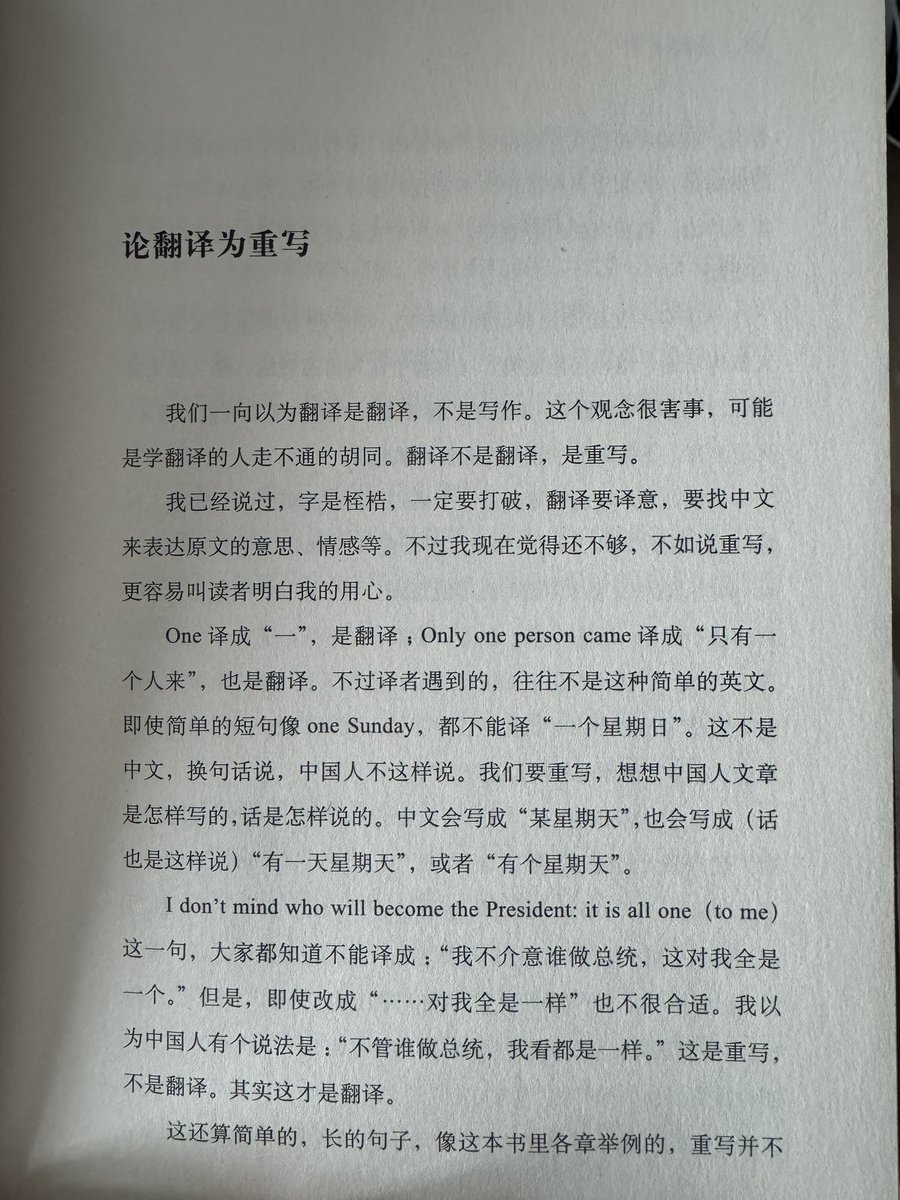
以前为了让大语言模型翻译得更好,我可是费尽心思,试过各种方法。一开始是先直译再意译,后来升级成直译、反思、再意译。效果确实有进步,但步骤也变得越来越复杂。
现在模型越来越聪明,我开始觉得没必要搞得那么麻烦,反而想试试“返璞归真”,找个更简单、更高效的提示词方法。
我发现,翻译结果有时候显得生硬,其实是因为任务本身定成了“翻译”。既然是“翻译”,模型就老老实实按字面意思来,尽量保留原文的格式和结构,结果就容易显得直白又别扭。
这让我想起学英语的时候,老师让我们把英文翻成中文,大家通常会老老实实跟着英文的单词和句式走。但如果老师说“用中文重写”而不是“翻译”,感觉就自由多了——只要抓住英文的意思,用中文自然地表达出来,反而效果好得多。
于是,我最近试着在翻译任务中,让大语言模型别死板地“翻译”,而是用目标语言“重写”。结果果然不一样!翻译不再被原文的语法框住,而是用更自然、更流畅的方式表达出来。
比如昨天 OpenAI 发布“星际之门”公告,最后一句是:
“We want to connect with firms across the built data center infrastructure landscape, from power and land to construction to equipment, and everything in between.”
如果老老实实“翻译”,可能是: “我们希望与整个数据中心基础设施领域的企业建立联系,从电力和土地到建设再到设备,以及这其中的所有环节。”
但如果“用中文重写”,就顺口多了: “我们希望跟数据中心基础设施相关的企业合作,涵盖电力、土地、建筑、设备等方方面面。”
至于怎么做到?其实提示词超简单:
“请尊重原意,保持原有格式不变,用简体中文重写下面的内容:”
或者英文版:
"Please respect the original meaning, maintain the original format, and rewrite the following content in Simplified Chinese:"
翻译其他语言也一样,只要把提示词里的目标语言换一下就行啦!
@宝玉
